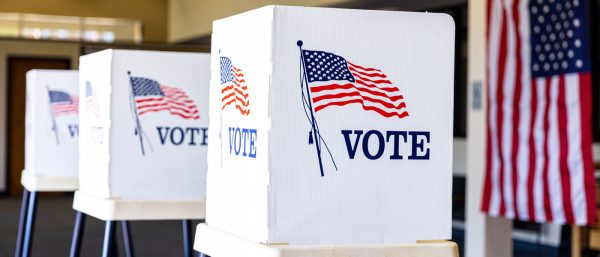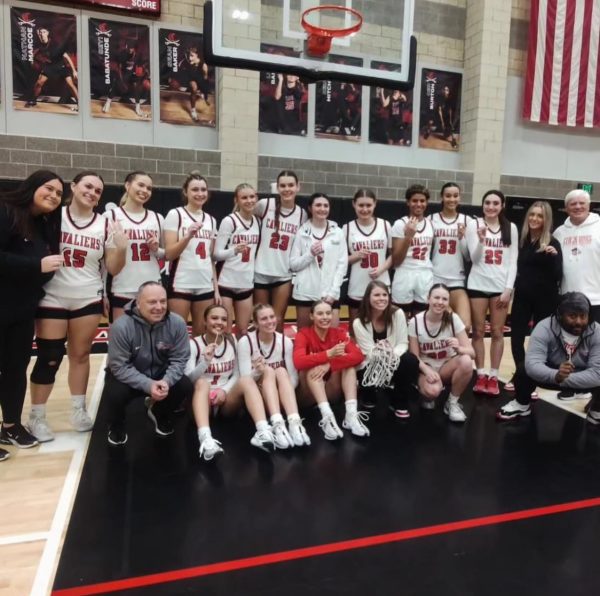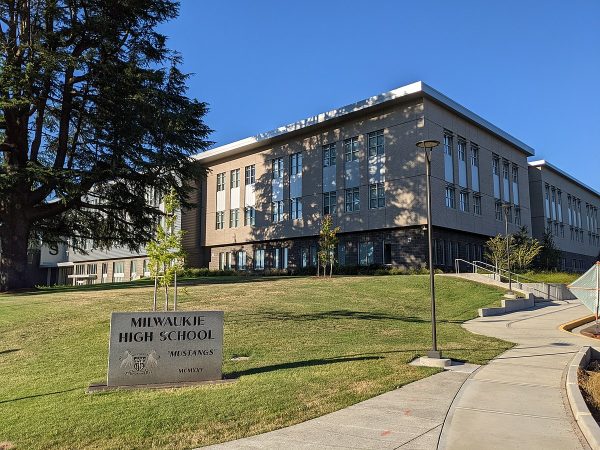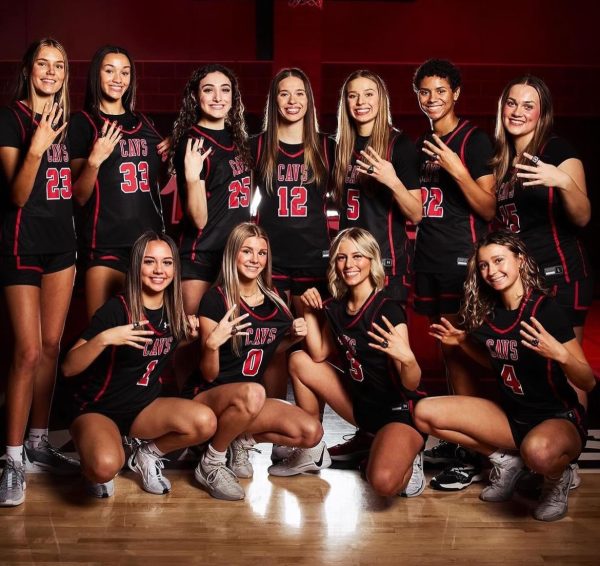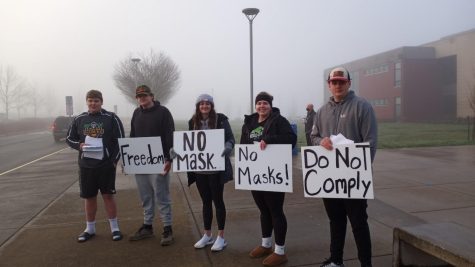Lunchtime
In schools around America, students are being fed low-nutritional foods to get through the day. Lunchtime is a saving grace for kids that have to go home hungry end of the day, and so their lunch must be able to fill their nutritional needs until their next meal.
Many school lunches are given for free to students living in lower-income households. Although this can result in schools losing money from lunches, it’s good for students unable to pay full-price for lunch. And some of these students also don’t know where their next meal is coming from. Families that don’t normally have enough to eat are considered to be “food insecure.”
In Oregon alone, the food insecurity rates are at a high 22.5% for students under 18. That is almost a fourth of all kids attending school in the state. Most of these kids go home hungry, or not knowing where their dinner is coming from. These students rely on their free lunch provided by the school, lunch that might not even fill them up until their next meal.
Although the food provided to them is meeting the health standards, it isn’t the best that it can be. Most of it is just modified to meet those requirements. Even if it does meet the nutritional requirements, whole grain chicken nuggets and low sodium variations of chips don’t seem like the healthiest option to keep a student satisfied throughout the day, and students aren’t very thrilled either.
Thousands of pounds of uneaten food are thrown out daily in America, food that can be easily distributed at the end of the day. Food that is not eaten during lunch time is still good, as long as it doesn’t end up in trash bins.
Other schools in America have created systems to salvage uneaten food at the end of lunch time. This system can just be as simple as having a designated spot for un-opened food. With this system in place, schools can not only minimize the massive amount of food waste daily, but also give that food to hungry kids or even be donated to homeless shelters at the end of the day.
Greg Collins, a nutritionist from the North Clackamas School District says, “I think everyone should eat for free… If we’re going to ask students to come into our buildings every day and spend a certain amount of time with us, we basically require them to be with us. I think we should feed them.”
“When talking about nutrition, it’s not just the food, it’s who has access to it.” says Collins. Programs that can be put in place to save unwanted food at the end of the day can be a life-saving solution to this problem and can lower the devastating rates of food insecurity in Oregon.

